What is Data Classification? Guidelines, Types, & Examples
Alation
FEBRUARY 10, 2022
Data classification is necessary for leveraging data effectively and efficiently. Effective data classification helps mitigate risk, maintain governance and compliance, improve efficiencies, and help businesses understand and better use data. Manual Data Classification. Labeling the asset.





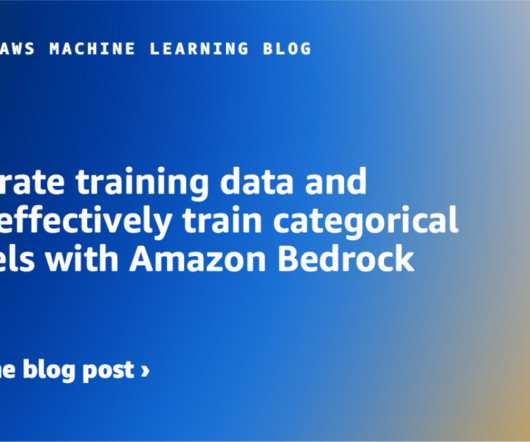
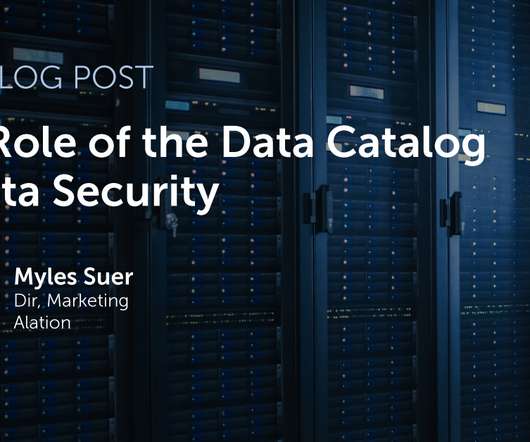
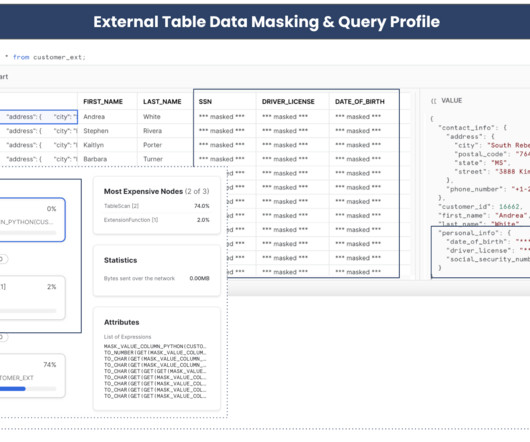

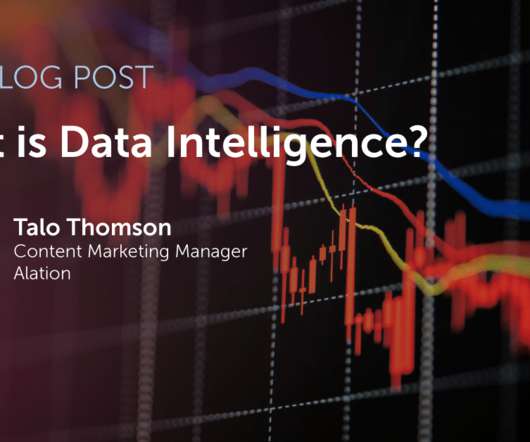
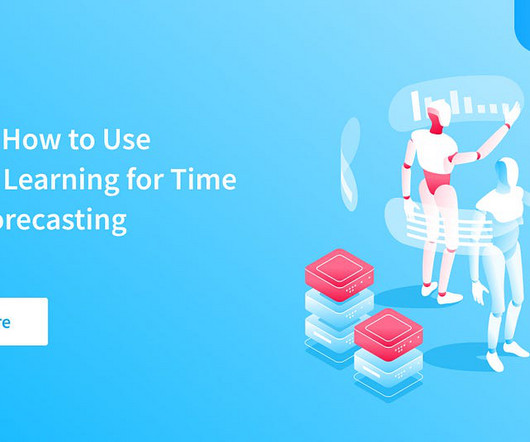







Let's personalize your content